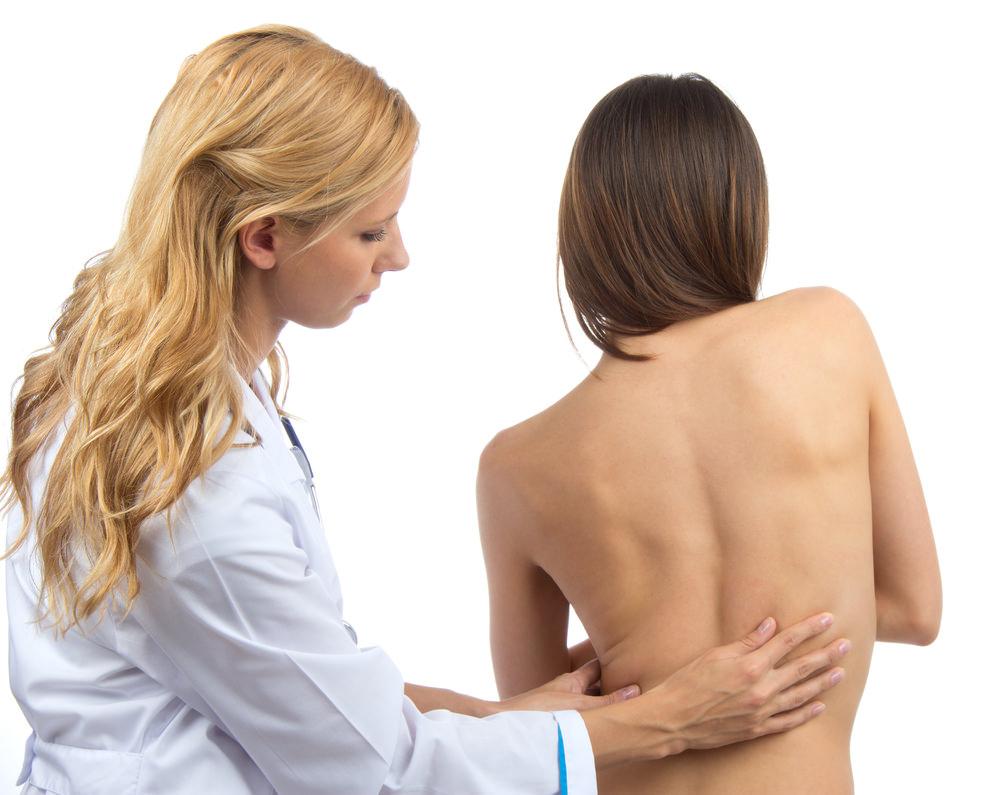What do Hollywood actress, Shailene Woodley (most renowned for her roles in The Fault in our Stars and the Divergent series) and sprinter Usain Bolt have in common? Both of them have scoliosis.
Scoliosis is thought to affect between 2-3% of the population, with a higher incidence rate in females, and a tendency to develop in late childhood.
What is scoliosis?
Scoliosis is a medical condition where the spine becomes uneven and curved. The condition becomes visible in childhood and teen years as the body grows. It is most likely hereditary with girls twice as likely as boys to be affected. Yet, scoliosis can be caused by an unknown reason or an accident. In the majority of cases, people with scoliosis are assisted to live a normal life with treatments and regular consultations with a doctor.
Identification
There are many types of Scoliosis, each with their own unique identifiers. However, here's some of the more obvious signs:
- Scoliosis develops gradually so it is difficult to spot on someone you see every day. Ill-fitting clothes such as different leg lengths can be a tell-tale sign.
- Check for body symmetry. Ask the child concerned to face you then touch their toes. Does their back make a flat line from hip to hip or is it sloped?
- In severe cases, respiratory issues and abdominal pain can point to degenerative scoliosis.
- Doctors will use a range of X-rays and scans in their diagnosis as well as checking their patients’ range of motion and strength in their frame and muscles.
Scoliosis Australia offers a helpful self-diagnosis tool.
Treatment
There are many recommended treatment and management options for people living with Scoliosis. Here's just a few:
Exercise
Maintaining overall health and fitness is important to people with scoliosis as those without the condition. Before taking up any exercise program it is important to discuss the specific movements with your doctor first in order not to exacerbate the condition. For example, typical circuit training such as lifting hand weights or jogging on a trampoline can put too much strain on the back. It should be noted that exercises will not prevent scoliosis from developing.
You might also be interested in reading Exercise through injury - the right way!
Shoe inserts
Not all scoliosis is due to abnormality of the spine. It might be that one leg is longer than the other. A shoe insert can even out the difference and thus prevent strain developing to the spine over time. This condition is known as functional scoliosis.
You also might be interested in checking out the Bad Backs range of shoes, insoles and arch supports.
Braces
Children diagnosed with early onset scoliosis (aged under five years) have a degenerative condition that requires intervention. Without a back brace, their lungs and heart will not have the opportunity to develop adequately to support them in adulthood.
Older children and teens, with spine curvature under 40 or 50 degrees, can use back braces to prevent further deterioration of the condition. Some will need to wear the brace nearly all the time, others only at night. The success of the back brace is directly related to children using the brace as prescribed.
You might also be interested in checking out the Bad Backs range of posture braces.
Surgery
This is a recommended treatment only for severe cases of scoliosis. To be eligible for surgery, a scoliosis patient must have stopped growing and have curvature over 50 degrees. The surgery is a permanent measure to correct the spine curvature as much as possible. The procedure involves fusing vertebrae together with stainless steel screws and a bone graft from the patient’s own pelvis.
Although there is no cure for scoliosis, it rarely prevents someone from living a full life. Star of the Divergent movies, Shailene Woodley has scoliosis, as does Olympic gold medallist Usain Bolt.
More information
If you have concerns about scoliosis, contact your General Practitioner. There is further information available at
Scoliosis Australia.
References:
- http://www.scoliosis-australia.org/scoliosis/about_scoliosis.html
- http://www.betterhealth.vic.gov.au/bhcv2/bhcarticles.nsf/pages/Scoliosis
- http://www.webmd.com/osteoarthritis/guide/arthritis-scoliosis
- http://www.medicinenet.com/scoliosis/article.htm



